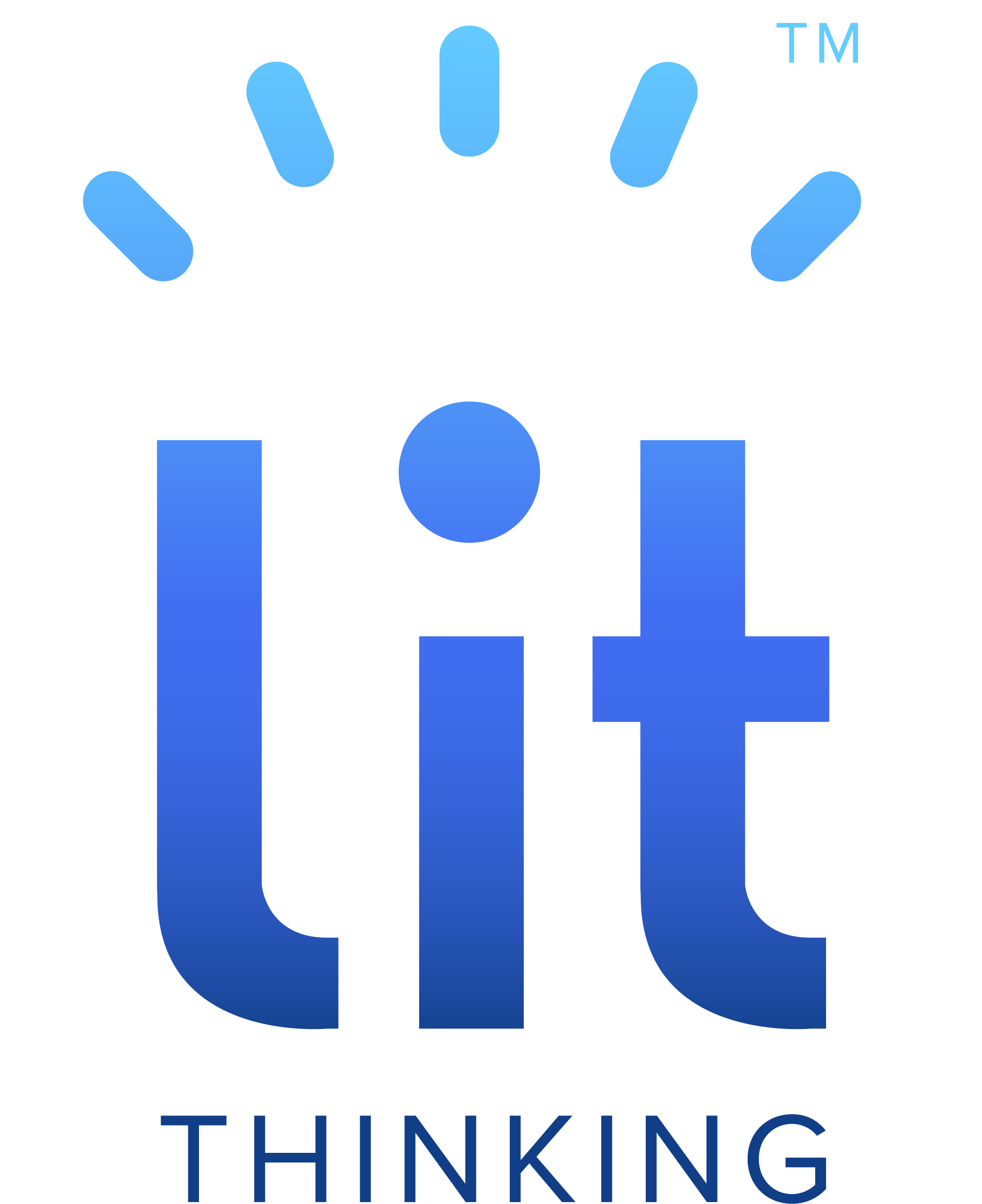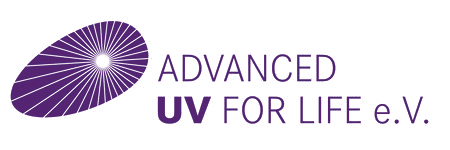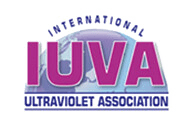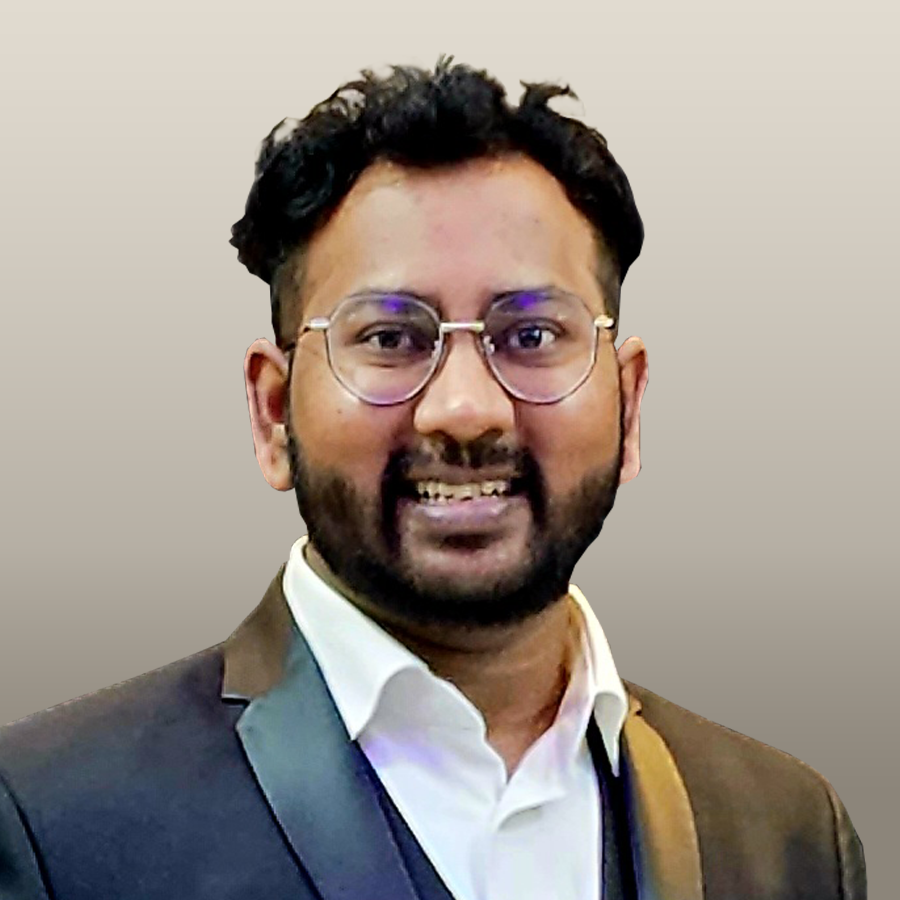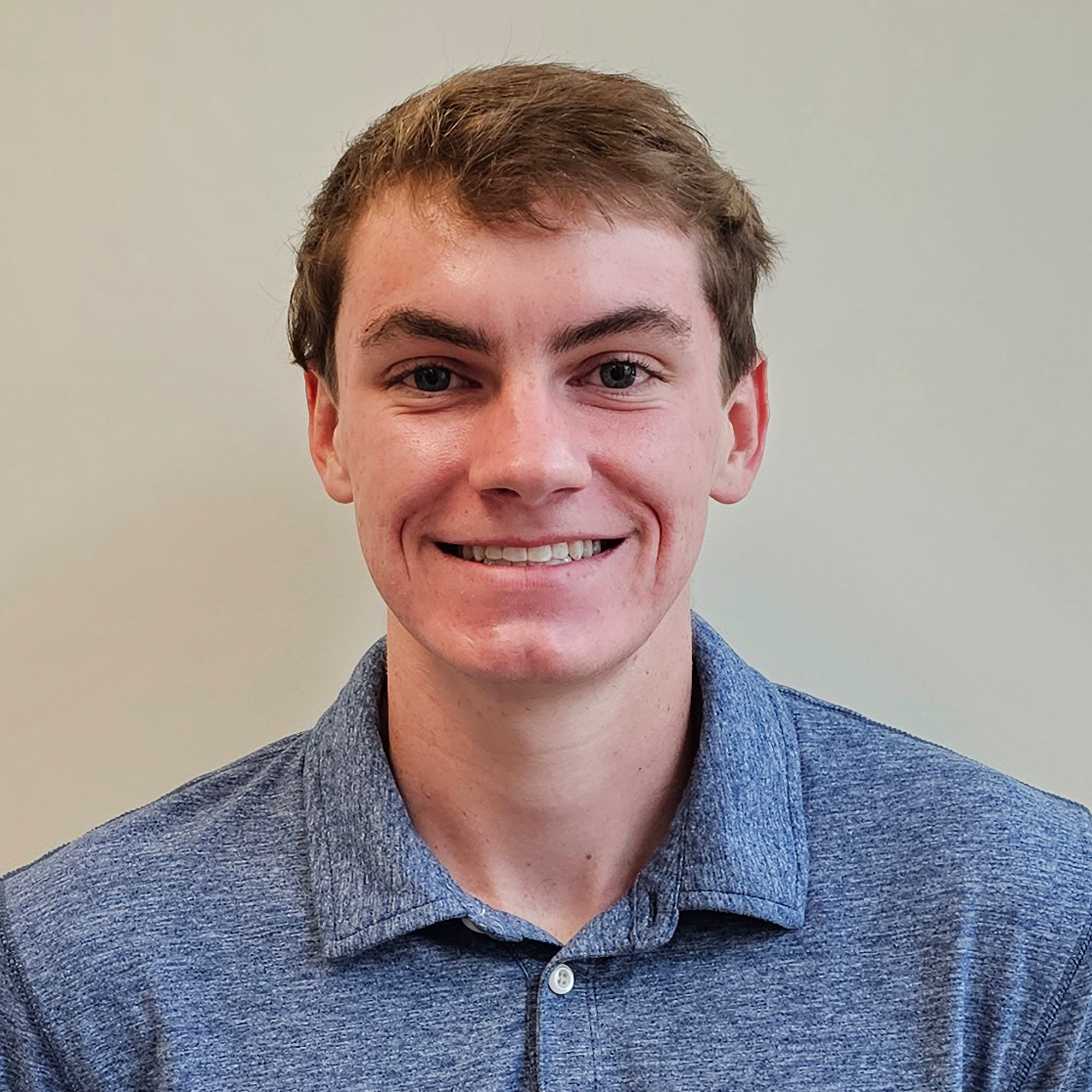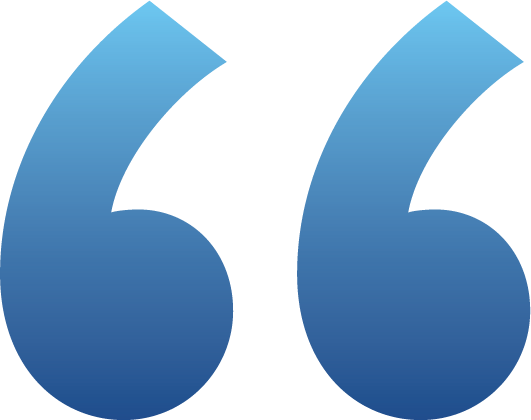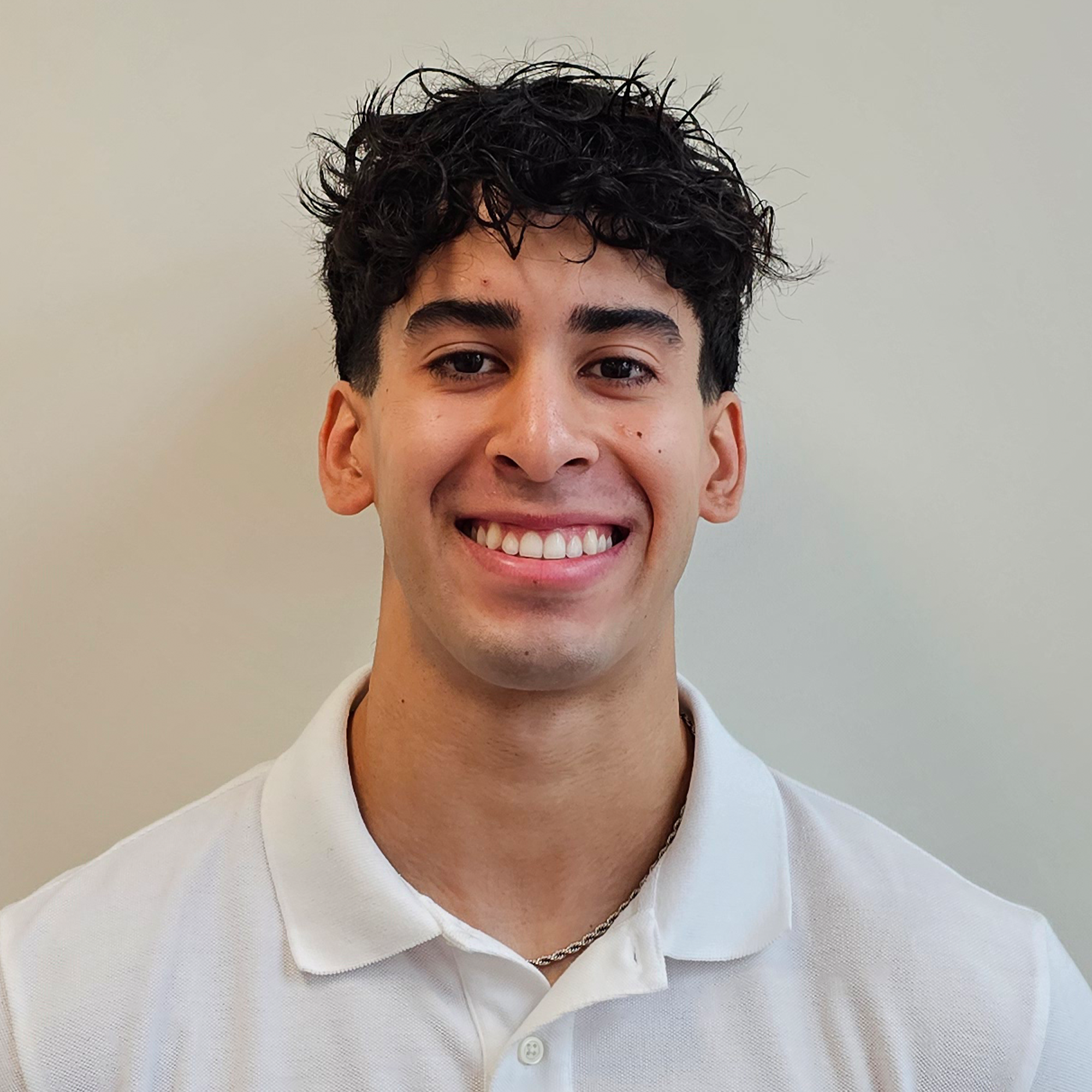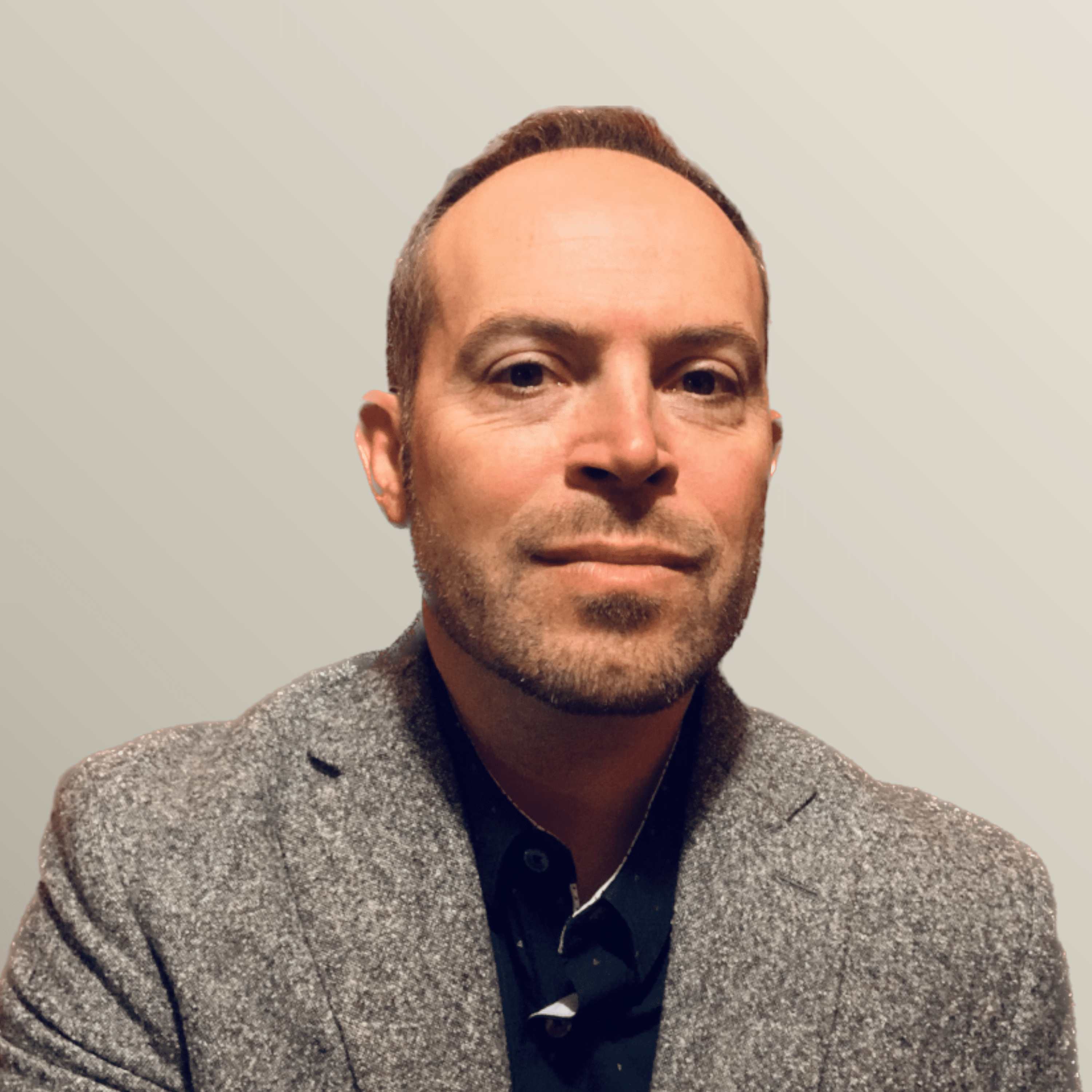The story of Far-UVC light technology is one of innovation, perseverance, and scientific discovery. To understand its present-day applications and potential, it’s essential to delve into its historical development, tracing the journey from its conceptual beginnings to its current state of advancement.
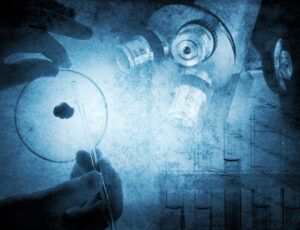
The concept of using ultraviolet light for disinfection dates back to the late 19th century when scientists began exploring its germicidal properties. It wasn’t until the early 20th century, however, that the potential of UV light for sterilization purposes started gaining traction. In the 1930s and 40s, pioneering research by scientists like William F. Wells, best known for his groundbreaking work on airborne infections, laid the groundwork for modern UV disinfection techniques. Wells’ contributions have had a profound impact on public health and infection control measures worldwide.
Traditional UVC light sources, emitting light at wavelengths peaking at 254 nanometers, have been widely used for disinfection purposes for decades. However, concerns over human exposure with improper use and safety limitations for direct use have prompted researchers to explore alternative wavelengths that offer comparably effective germicidal properties while minimizing harm to humans.
The development of Far-UVC technology can be traced to the late 20th century, with researchers beginning to investigate the potential benefits of UV light at shorter wavelengths, driven by the increasing need for effective and safe methods to combat pathogens and infectious diseases.Far-UVC light, typically defined as emitting wavelengths in the range of 200 to 230 nanometers, showed promise for its ability to inactivate pathogens while posing minimal risk to human health.
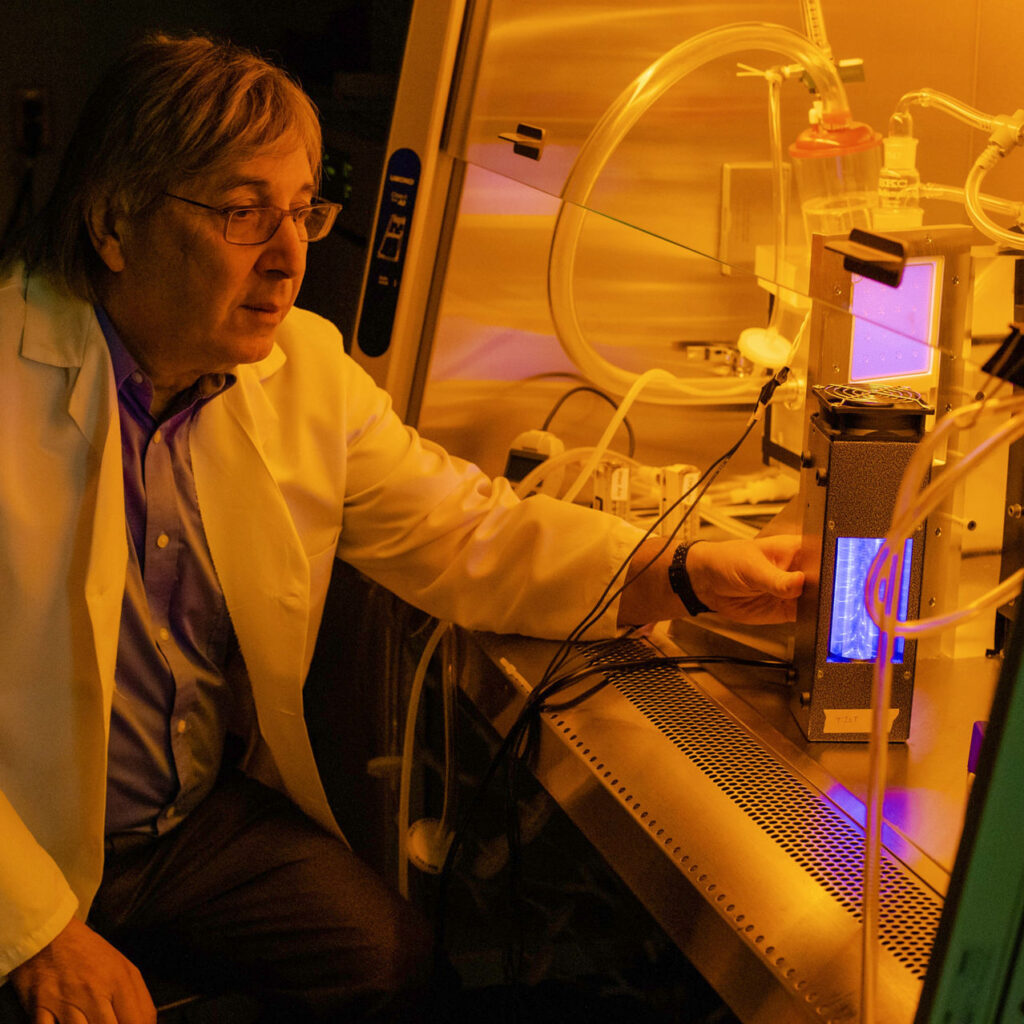
In the early 2000s, breakthrough research conducted by Dr. David J. Brenner and his team at Columbia University provided crucial insights into the germicidal properties of Far-UVC light. Their studies demonstrated that Far-UVC light could effectively kill airborne viruses such as influenza without causing harm to exposed human cells.
Armed with these findings, scientists and engineers began developing Far-UVC light sources and technology suitable for practical applications. This involved the refinement of light sources, such as excimer lamps and LEDs, capable of emitting Far-UVC light at the desired wavelengths with sufficient intensity for disinfection purposes.
As research progressed, the potential applications of Far-UVC technology became increasingly apparent. From healthcare settings to public spaces, transportation, and beyond, Far-UVC offered a versatile and effective solution for combating infectious pathogens while minimizing the risk of human exposure.
In recent years, advancements in Far-UVC technology have accelerated, driven by a combination of scientific research, engineering innovation, and market demand. Companies and research institutions around the world have been actively developing Far-UVC light sources, exploring new applications, and refining existing disinfection protocols.
Today, Far-UVC light technology stands at the forefront of the fight against infectious pathogens, offering a safe, efficient, and environmentally friendly solution for air and surface treatment. With ongoing research and development efforts, the potential for Far-UVC to revolutionize building wellness and hygiene practices continues to expand, promising a brighter and healthier future for all.
In conclusion, the historical development of Far-UVC light technology is a testament to human ingenuity and the relentless pursuit of innovation. From humble beginnings to cutting-edge applications, the journey of Far-UVC is a remarkable testament to the power of science and technology to transform the world for the better.
